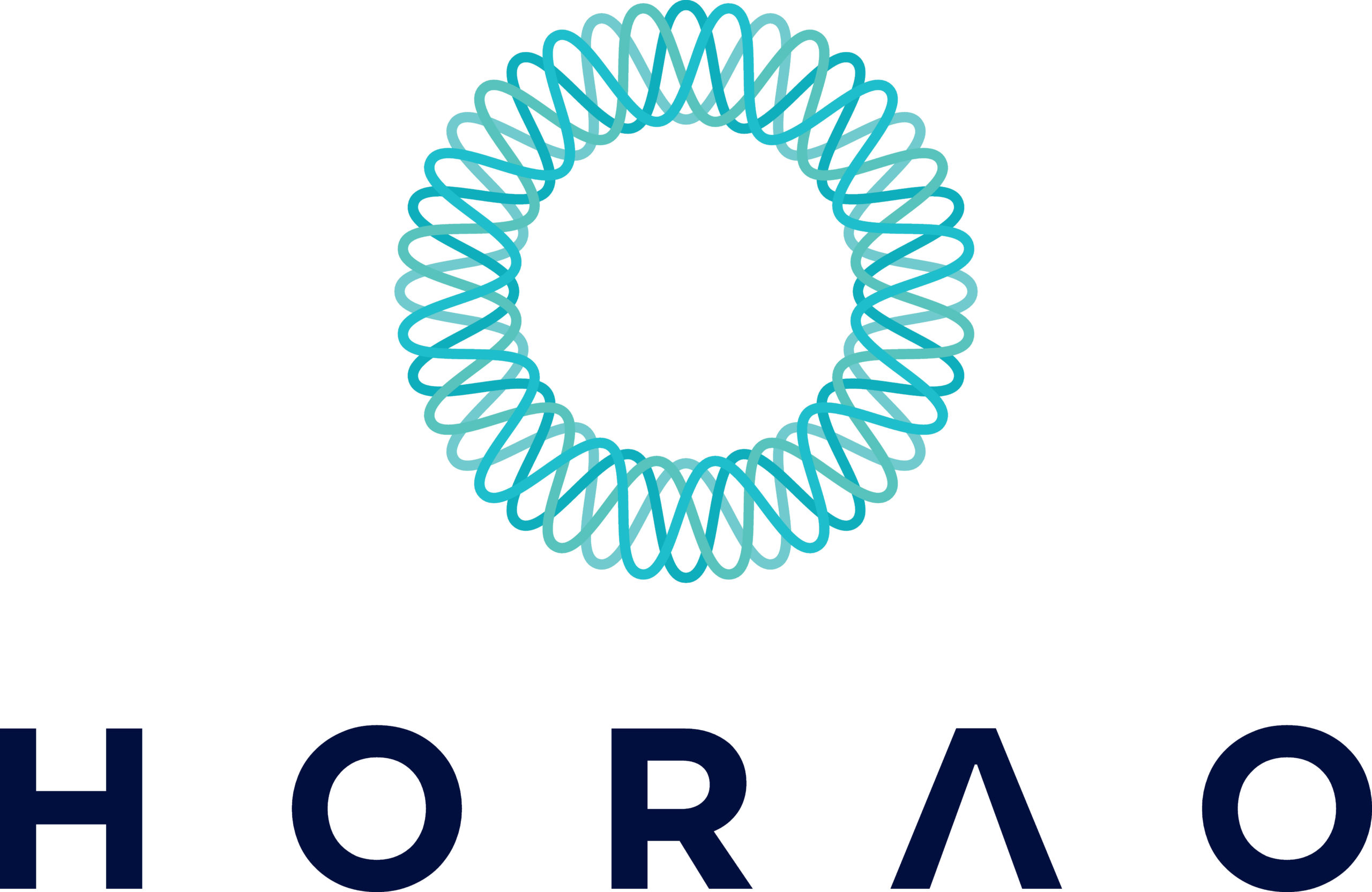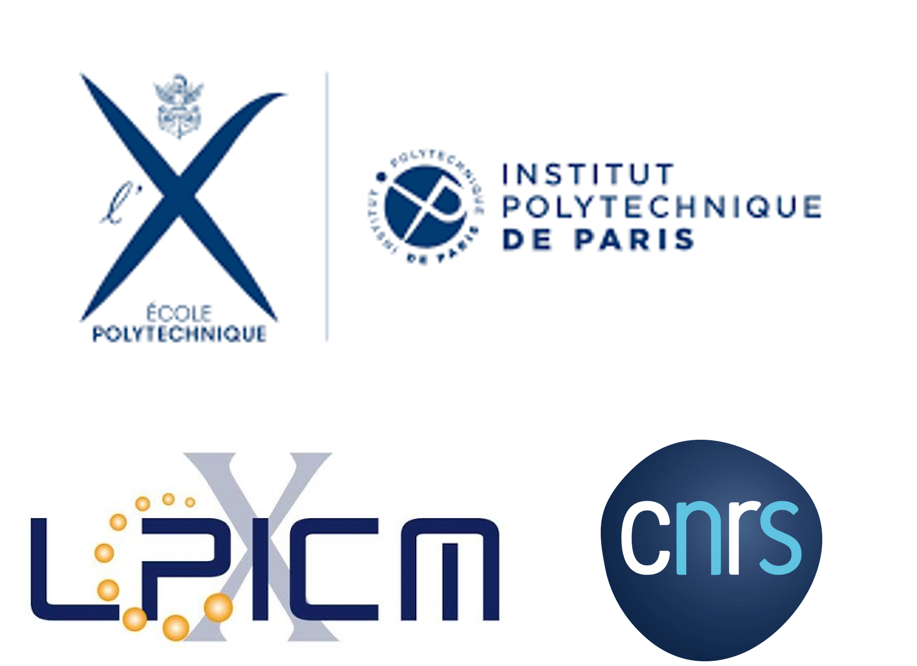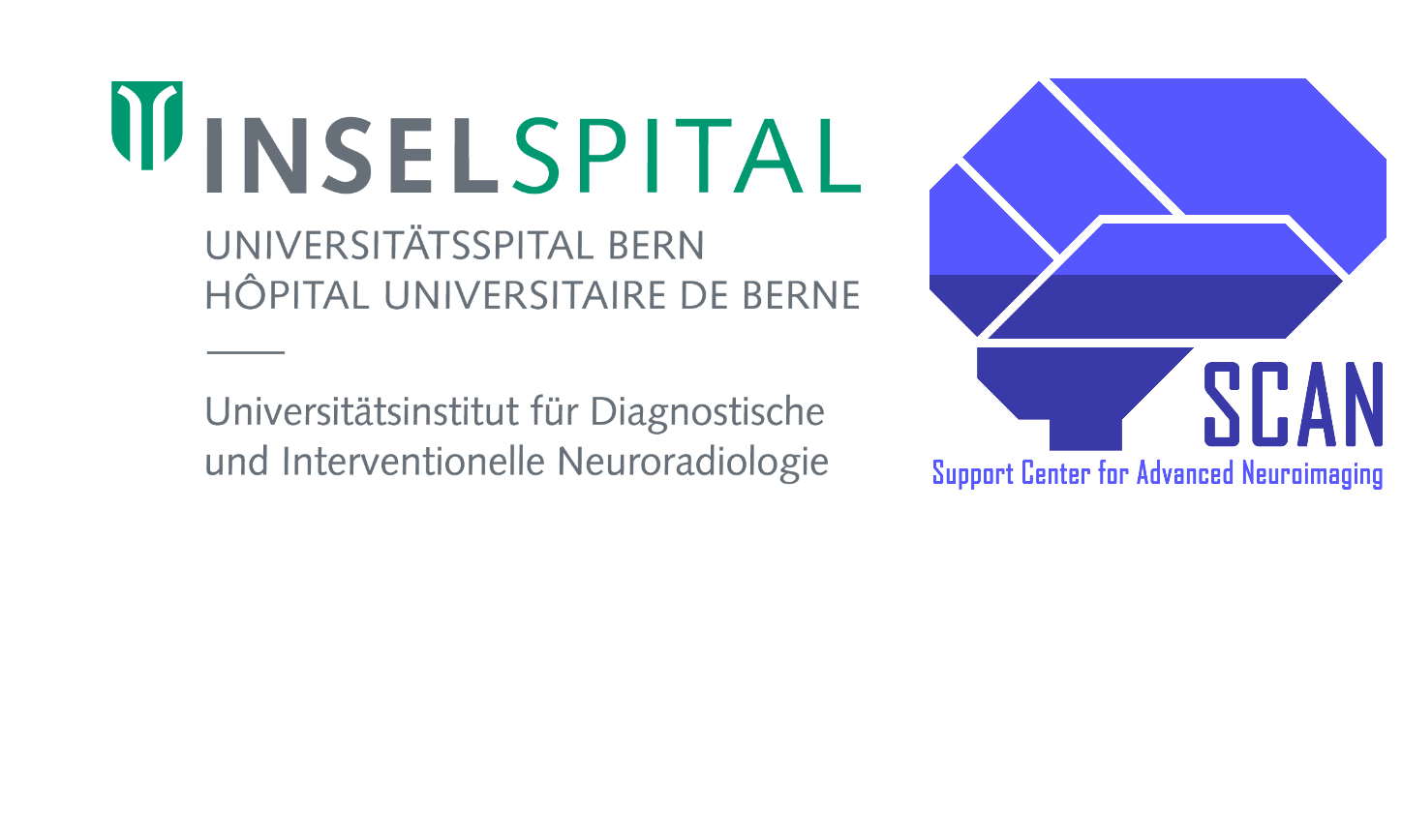THE PROJECT IN A NUTSHELL
This project aims to distinguish healthy brain tissue from tumorous tissue and to visualise the orientation of the fibre tracks during brain tumor surgery. The applied imaging Mueller Polarimetry (IMP) is developed by a collaboration of the Ecole polytechnique (Palaiseau, FR) and the University Clinic for Neurosurgery, the University Clinic for Neuroradiology of the Insel Hospital Bern and the Neuropathology of the University of Bern. The goal is the integration into a neurosurgical microscope to be used on humans. The resection of the tumor can thereby be executed more radical and safer which finally benefits the patient through an improved prognosis and a minor surgical risk.
THE PROBLEM
The complete resection of brain tumors is still the first and decisive step in the treatment plan. However, even with modern surgical microscopes it is still difficult for surgeons to distinguish healthy brain tissue from tumor tissue. This and the lack of knowledge of the specific neurological function of a particular area of the brain are risk factors for both incomplete resections and postoperative neurological deficits.
THE CONTENT AND GOAL
The HORAO project aims to visualize the brain’s microarchitecture – the fibers – during brain tumor surgery, since the absence of fibers would imply tumor tissue. These fibers are still invisible to the naked human eye. In addition, the spatial orientation of the fibers in the white matter helps the surgeon to determine their function (based on anatomical knowledge) and thus to spare the most important fiber tracts.
In this project, we use wide-field imaging Mueller Polarimetry (IMP), which can be used in real-time, non-invasively and without the use of contrast agents. In initial rounds of testing, we were able to demonstrate the reliability of IMP in challenging surgical environments and reliably identify different fiber tracts in the mammalian brain. In a collaboration of scientists from the Ecole polytechnique in Paris, as well as neurosurgery, neuropathology and experts in artificial intelligence of the Inselspital, the optical system is currently being optimized close to the application and algorithms for automated tumor segmentation, classification and visualization of fiber tract orientation are being developed.
The long-term goal is to miniaturize IMP and integrate it into the neurosurgical operating microscope for human use. The successful completion of this project will be a significant breakthrough in this next-generation intraoperative imaging generation and another critical step in translating IMP technology into clinical practice.
THE SCIENTIFIC AND SOCIAL IMPACT
The IMP surgical microscope will lead to a more radical as well as safer removal of brain tumors thanks to imaging of the fiber systems. Patients with brain tumors thus receive a better prognosis and a smaller surgical risk.




